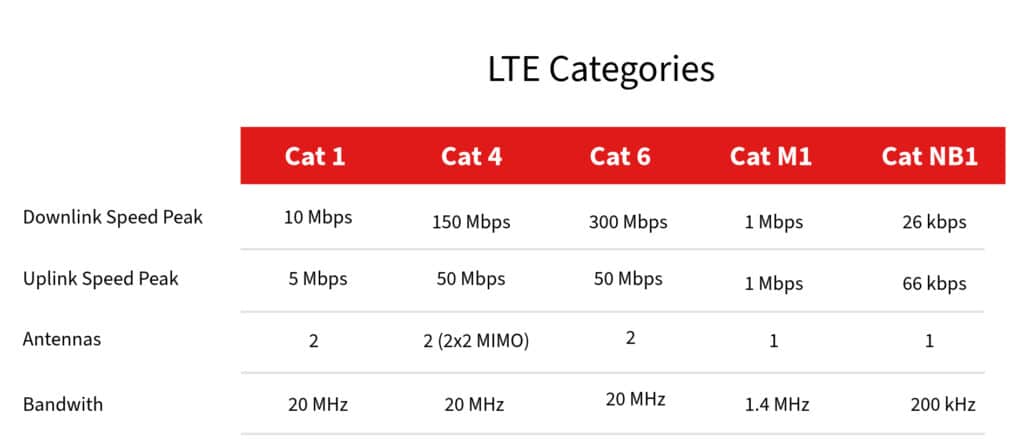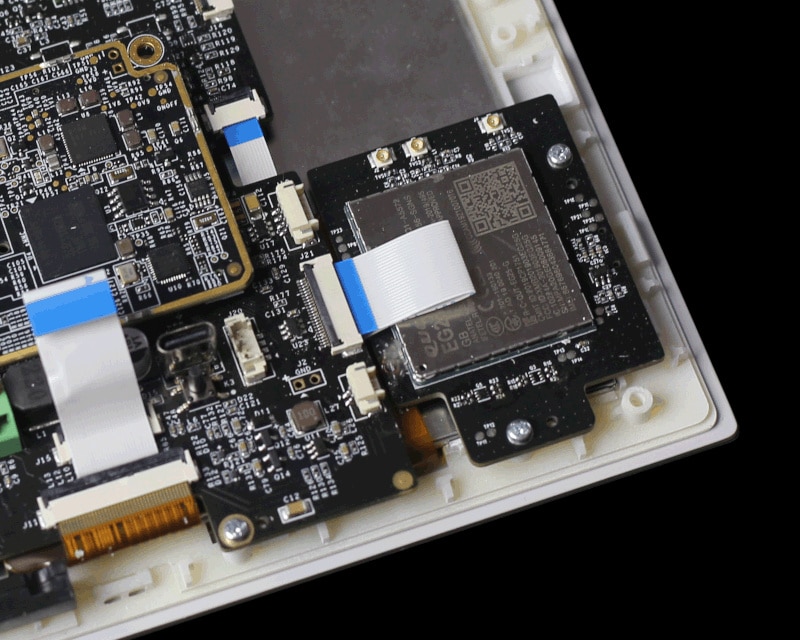There are different types of wireless technologies used in panel PCs, IoT Gateway, embedded computers and rugged tablets, including Bluetooth, WiFI, LPWAN, LoRaWAN and LTE known as Long-Term Evolution. When these devices operate in locations lacking Wi-Fi or reliable wired internet connections, LTE steps in as a reliable wireless option, crucial for industries reliant on remote monitoring, control, and data transmission, like agriculture, transportation, and infrastructure. Secondly, for devices needing constant connectivity on the move—such as vehicle tracking systems or mobile health monitors—LTE’s wide coverage and mobility support are invaluable. Moreover, LTE serves as a reliable backup or primary connection in scenarios where uptime and redundancy are critical, enhancing reliability in security systems or industrial automation even if primary connections fail. LTE enables remote management and monitoring of IoT devices, where over-the-air (OTA) updates, diagnostics, and configuration changes can be performed without physical access to the devices.
When selecting an LTE module for your project integrated with touch panel PCs, embedded computers or tablet PCs, it’s essential to consider factors such as power consumption, coverage, data rates, and the specific requirements of your application like module size, integration ease, and the availability of additional features (e.g., GNSS for location tracking).
Choose the Right LTE Module Standard
LTE modules come in different categories, often referred to as “Category” or “Cat” levels. These categories denote the capabilities and speeds of the LTE modules. The categories define the maximum theoretical downlink and uplink data rates. Here are the main LTE module categories:
Cat-M1 (Category M1): Also known as LTE-M, Cat-M1 is designed for low-power, wide-area (LPWA) IoT applications. It is well-suited for applications like smart meters, wearables, asset tracking, and other IoT devices that transmit small amounts of data.
Cat-NB1 (Category NB1): Also known as NB-IoT (Narrowband IoT), Cat-NB1 is optimized for devices that require even lower power consumption and are deployed in areas with challenging coverage conditions. It is suitable for applications like smart agriculture, smart cities, and other scenarios where devices need to operate with extended battery life and in remote locations. Its narrowband speeds reach approximately 60 kbps.
LTE Cat 1: Designed for applications requiring moderate data rates. Cat 1 modules support downlink speeds up to 10 Mbps and uplink speeds up to 5 Mbps. They are suitable for applications like smart logistics, smart meters, and industrial monitoring that need a balance between speed and power efficiency.
LTE Cat 4: Providing higher speeds compared to Cat 1, Cat 4 modules support downlink speeds up to 150 Mbps and uplink speeds up to 50 Mbps. They are used in applications where faster data transmission is required, such as HD video streaming and more data-intensive IoT solutions.
LTE Cat 6: Offering even higher data rates, Cat 6 modules support downlink speeds up to 300 Mbps and uplink speeds up to 50 Mbps. These modules are utilized in applications demanding higher bandwidth, like high-speed internet access, surveillance systems, and multimedia streaming.
Determine the LTE module coverage region

LTE coverage is not uniform worldwide. Different countries and regions have varying levels of LTE deployment and network infrastructure. LTE networks operate on different frequency bands, and the availability of these bands can vary by country and region. It’s essential to ensure that the LTE modules selected support the frequency bands used by local network operators. Typical regions to consider are Global, Europe, North America, Australia, EMEA, India, Japan, Korea, Brazil, Latin America, China, etc.
Select pre-certified LTE module
Certification for LTE modules is crucial to ensure that the modules comply with industry standards, regulatory requirements, and network operator specifications. Integrating pre-certified modules into panel PCs, embedded computers or tablet PCs for your projects requires less effort and resources in terms of regulatory testing and certification. Pre-certified LTE modules have already undergone extensive testing and certification processes. They are often designed to be compatible with global standards and can be used in various regions without the need for extensive retesting. This significantly reduces the time required to bring your devices to market, leveraging the module’s certifications rather than going through the entire certification process for the entire device.
Here are some key certifications relevant to LTE modules for industrial and IoT applications:
Global Certification Forum (GCF): The GCF is an industry association that certifies the interoperability of mobile devices and ensures that devices work seamlessly across different networks and countries. GCF certification is important for LTE modules to demonstrate compliance with global standards.
PTCRB (PCS Type Certification Review Board): PTCRB is an organization that provides certification for cellular devices, including LTE modules. PTCRB certification ensures that devices meet certain performance and interoperability standards, primarily for North American markets.
Other related certifications: FCC Certification (US), IC (Canada), CE Marking (EU), ANATEL Certification (Brazil) and more.
LTE module form factors
The form factor of an LTE module to integrate into your device is also an important consideration, as it influences the physical size, shape, and integration options of the module into the touch panel PC, industrial computer or tablet PC. Common form factors for LTE modules include M.2, Mini PCIe, LGA (Land Grid Array), SMD (Surface-Mount) and USB Dongle.

Partner with Estone ODM for Industrial Panel PCs, embedded computers, medical and rugged tablet PCs
Our commitment goes beyond recommendations—we’re your partners in turning your product aspirations into reality. By collaborating closely with your design team (and ours) and leveraging our manufacturing capabilities, we ensure the seamless integration of the precise LTE module that aligns perfectly with your specifications. We work with reputable module providers, like Quectel, u-blox, Sierra Wireless, tailoring solutions to your custom specs–whether your device needs an intelligent touch screen panel or be rugged enough to withstand the elements. Let us be the bridge that connects your design vision with practical implementation, crafting and delivering the ideal LTE module to elevate your project to its fullest potential. Contact Estone today to discuss!
Sources:
Utilitiesone.com
Dusuniot.com
Velocityiot.io
Hologram.com
fibo.com
openai.com
